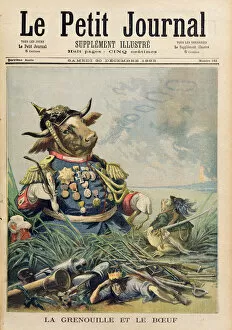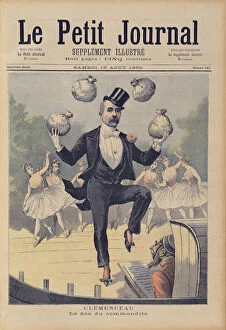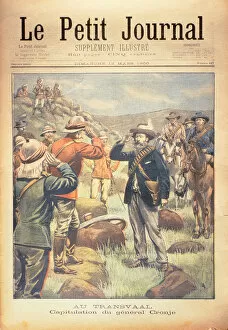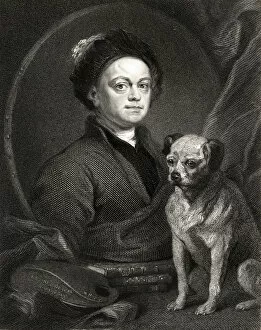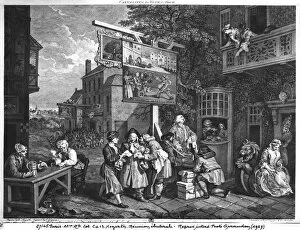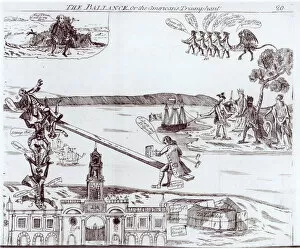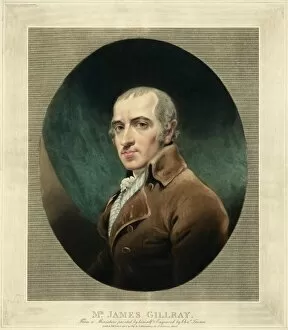Political Satire Collection (#11)
"Political Satire: Unveiling the Absurdities of Power and Society" Step into the world of political satire
For sale as Licensed Images
Choose your image, Select your licence and Download the media
"Political Satire: Unveiling the Absurdities of Power and Society" Step into the world of political satire, where art becomes a weapon to expose the follies and hypocrisies of those in authority. From Jonathan Swift's "The King of Brobdingnag and Gulliver" to Hannah Humphrey's iconic prints, these works have stood the test of time as biting critiques on politics. In 1801, "Integrity retiring from Office. " captures a moment when moral values seem to vanish amidst power struggles. Meanwhile, "John Bull taking Luncheon or British Cooks cramming Old Grumble Gizzard with Bonne Chere" hilariously portrays gluttonous politicians feasting on their own greed. "The Extirpation of the Plagues of Egypt: - Destruction of Revolutionary Crocodiles" (1798) cunningly equates revolutionary chaos with biblical plagues. Similarly, "Britannia Between Scylla & Charybdis, or The Vessel of Constitution steered clear off, " warns against dangerous extremes that threaten stability. Amidst financial turmoil, "Bank Notes - Paper Money - French Alarmists - ah. Poor John Bull" mocks both economic fears and gullible citizens. In contrast, "The Twin Stars Castor and Pollux, " published in 1799 by Hannah Humphrey herself, playfully explores celestial symbolism within political discourse. With its hand-colored brilliance, "John Bull Ground Down" (1795) depicts an oppressed nation crushed under oppressive policies. On a lighter note, we find Dutch Cupid resting after planting oranges in "The Orangerie. " This satirical twist reveals how even love can be manipulated for personal gain. Traveling back further in time brings us to William Hogarth's masterpiece series titled "The Election. " Part II showcases intense vote canvassing during Britain's tumultuous years from 1754-55.



